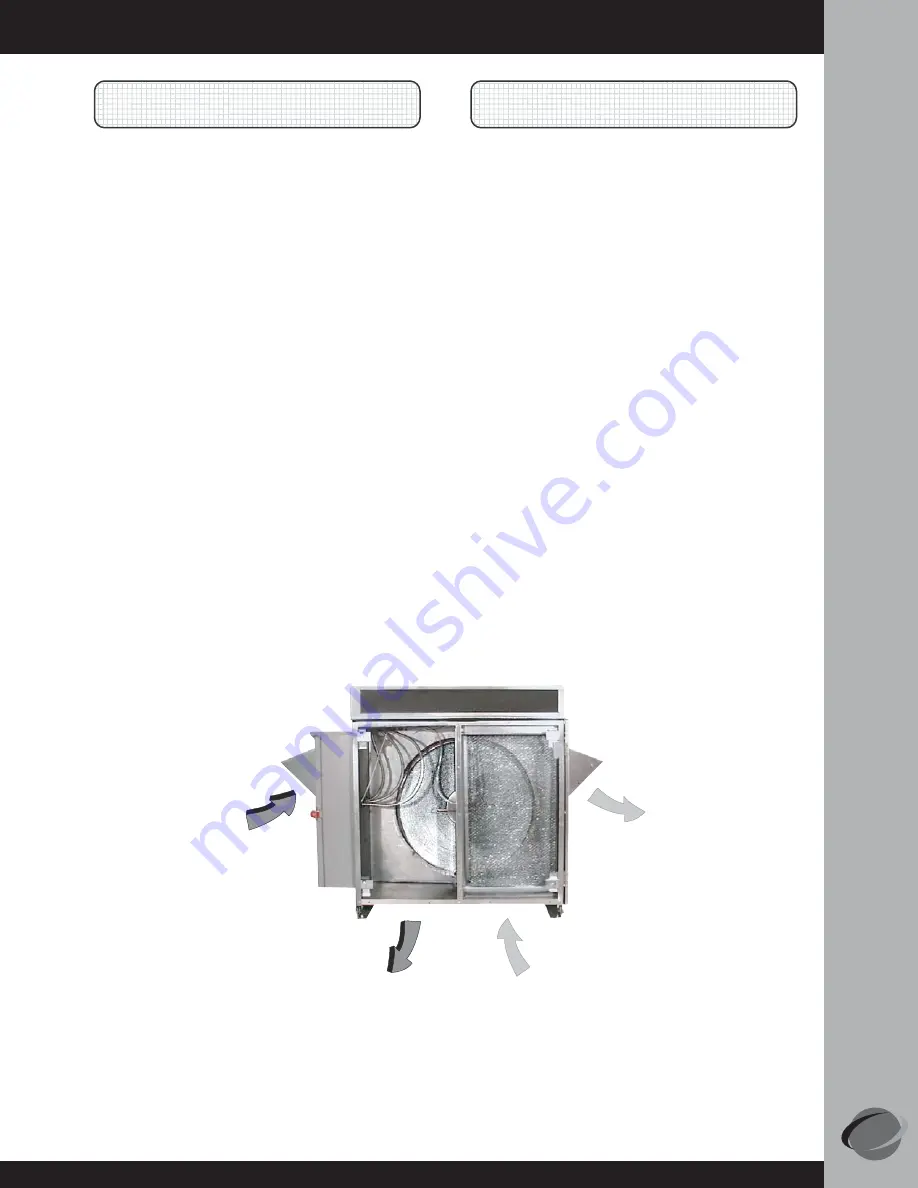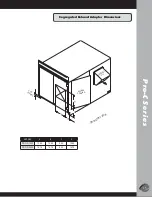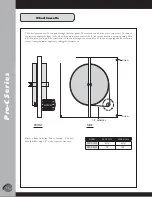
Pr
o
-
C
Series
1
Outdoor Air
95°F, 110 gr/lb (C)
5°F, 4 gr/lb (H)
Supply Air
80°F, 76 gr/lb (C)
54°F, 25 gr/lb (H)
Return Air
75°F, 65 gr/lb (C)
70°F, 32 gr/lb (H)
Exhaust Air
90°F, 99 gr/lb (C)
21°F, 9 gr/lb (H)
The PRO-C Series
The PRO-C Series Energy Recovery Ventilator is an outdoor
air preconditioner specifi cally designed to reduce the energy
required to cool or heat the outdoor air by as much as 80
percent. The PRO-C also allows the Carrier® 3 through 12-
1/2 ton HJ, TM and TF roof top air-conditioner systems to
effectively and economically accommodate the three-to-four
fold increase in outdoor air quantities, which is recommended
by the ASHRAE Standard 62, Ventilation for Acceptable
Indoor Air Quality. This unique capability allows both
new and existing buildings to benefi t from healthy indoor
environments.
A PRO-C is designed to improve humidity control when
combined with the Carrier rooftop equipment. Because
the unit preconditions the incoming air to the packaged
equipment, the required refrigeration capacity can be reduced
by as much as 50 percent. Thus, the costs of the PRO-C
and its installation are typically offset by the reduced size of
the Carrier system. Generally, any fi rst cost premium is paid
back within the fi rst year of operation.
Figure 1. An inside view of the PRO-C ventilator with typical
operating conditions during the cooling (C) and heating (H)
season respectively.
How It Works
The PRO-C Series is a packaged system which includes
supply and exhaust air fans, outdoor and return air fi lter
and a TEC total energy recovery wheel. The TEC wheel
recovers both sensible (temperature) and latent (moisture)
energy; it cools and dehumidifi es the outdoor air during the
cooling season, while heating and humidifying the outdoor
air in the heating season.
The TEC wheel utilizes a fl uted aluminum substrate
which is uniformly coated with a fast-acting, adsorbent
desiccant. As the transfer media slowly rotates between the
outdoor and exhaust airstreams, the higher temperature air
gives up its sensible energy to the aluminum. This energy is
then given up to the cooler airstream during the second half
of the revolution. (See Figure 1.)
Just as the temperature is captured and released, so is the
moisture. TEC’s desiccant coating has an enormous internal
surface area and a strong attraction for water vapor. Since the
opposing airstreams have different temperature and moisture
contents, their vapor pressures differ. This difference causes
the transfer of latent energy.




































